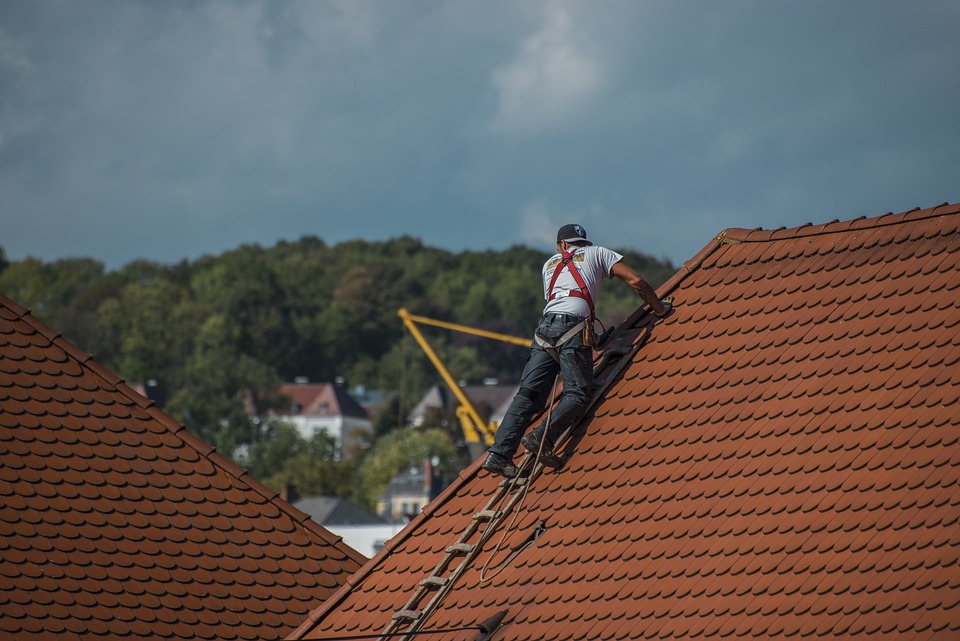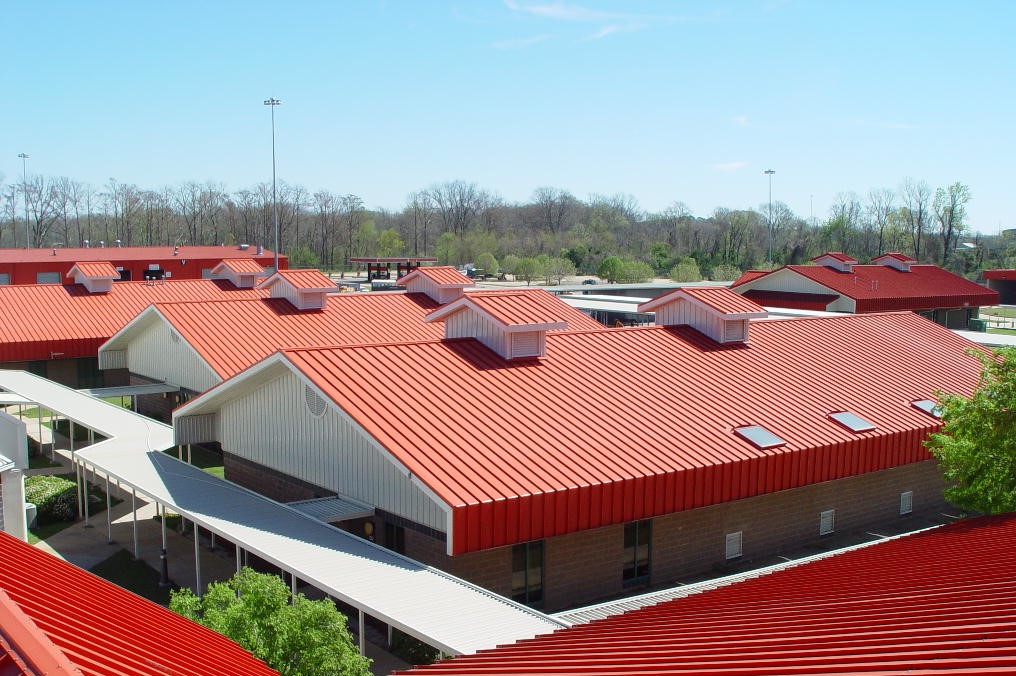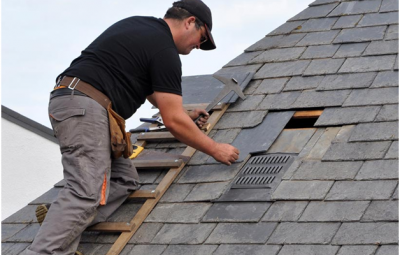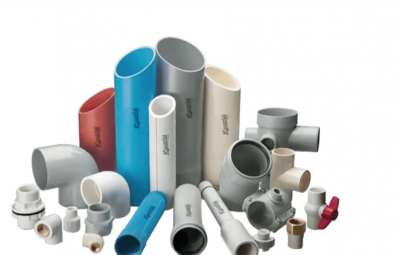A roof inspection is the first thing all homeowners must do after a storm. Whether there’s visible water in your home, your roof could still be damaged. Your roof may experience various storm damage, including water, wind, hail, snow, and ice.
You can assess the roof for the damage yourself, but do it from ground level to avoid falling off and injuring yourself or even dying. However, the best idea would be to hire an experienced roofing inspector to assess your roof. This article outlines five signs of storm damage on your roof.
1. Visible loss of shingle granule
If you notice dark spots on your asphalt shingles roof that seem like dents or holes, it might be granule loss. The tiny granules covering your shingle tar may shade off from hail, causing these spots that leave your roof prone to leaks if not repaired. If you find granules in your downspouts or gutters, it’s a sign that the shingle seal broke from hail and flew down into your gutters.
Identifying the various roofing issue types and how they differ is the first step to protecting your home from hail, wind, rain, and other environmental impacts. For instance, properly identifying hail damage vs blistering can help you do the right maintenance to safeguard your home better in the future.
2. Missing or bent shingles
Heavy winds regularly result in your shingles tearing off the roof, mainly if they were already peeling or had cracks. Missing shingles are usually visible from ground level. You may even find some pieces of shingles scattered around your home. Strong winds that go beneath your asphalt shingles cause them to bend backward, causing wind damage that lessens possible cracking and shingle integrity.
3. Visible water leaks
Visible water infiltration that penetrates via your building’s ceiling is caused by wind damage. In such cases, the roof underlayment and shingles get compromised, letting water flood your attic. If not corrected, these water leaks may compromise your structural integrity and result in ceiling and attic damage, fire risk from short wires, and health problems from interior mold and mildew growth, including rhinitis, nasal congestion, asthma, and inflammations.
In addition, water intrusion can be dangerous for the attic area’s insulation, saturating your insulation, which may take longer to dry. If the leaks aren’t repaired promptly, chronic water intrusion significantly depletes the insulation, making your home lose cool and hot air. This results in energy wastage and high utility bills.
4. Ice dam formation
As the snow continues building up and the warm weather gets closer, you should beware of the possibility of ice dams. A shingle roof that hasn’t been well maintained is susceptible to ice dams. If unresolved, ice dams may leak under your shingles and in your home, damaging ceilings, insulation, walls, and other parts. You can prevent ice dams by removing snow from the roof after every snow storm before it starts melting and forming a ridge that restricts proper damage.
5. Debris on your roof
With debris on the roof, assessing the damage might be challenging. If you notice branches or large sticks near the siding or on your roof, they might have hit the roof during the storm. Get an inspection to ascertain any damage. You may also get a roof cleaning service to remove the debris.
Endnote
Storms can be pretty detrimental to your roof. Familiarize yourself with these signs of storm damage on your roof.








